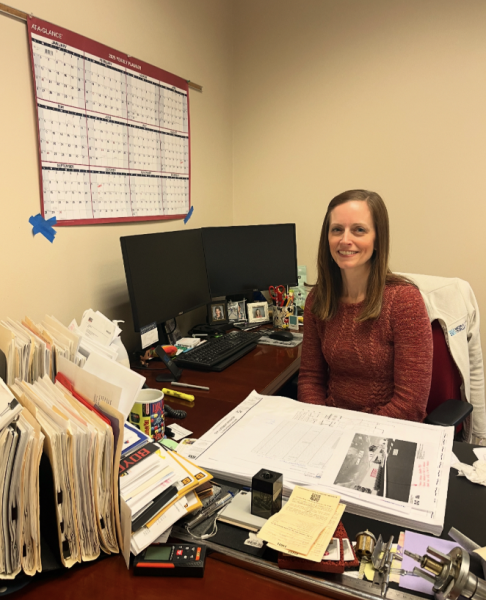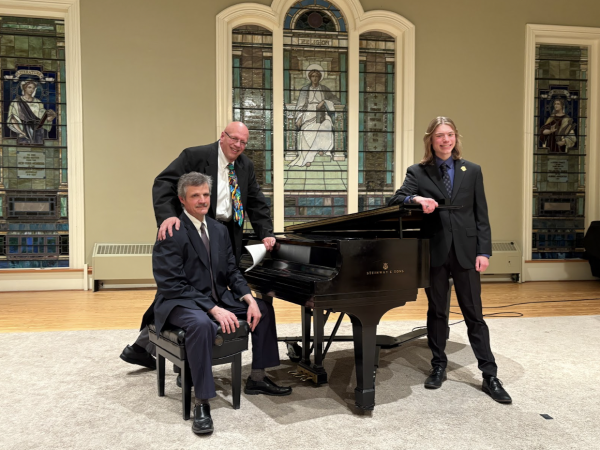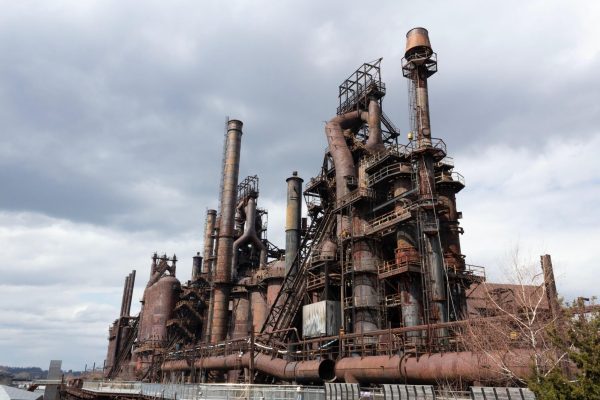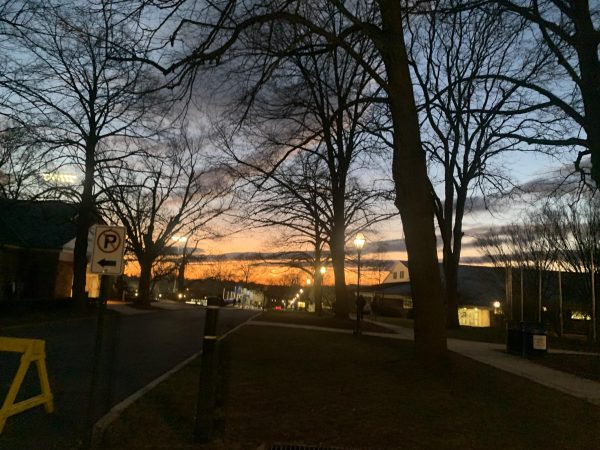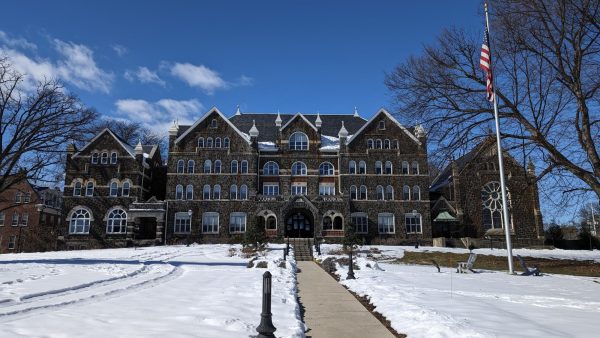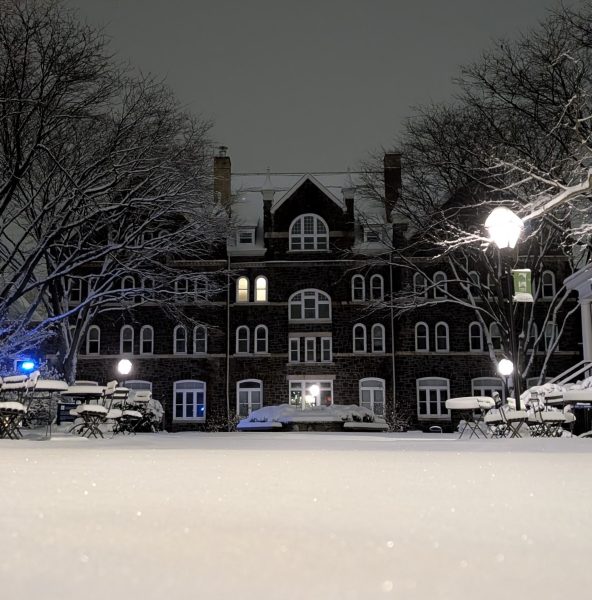A Conversation with Artist Angela Fraleigh

Angela Fraleigh is an associate professor of art and chair of the Art Department at Moravian College. Her most recent show, Angela Fraleigh: Between Tongue and Teeth, was on view at the Everson Museum of Art, in Syracuse, New York.
Did you always know you wanted to be an artist?
I loved drawing as a kid but never really considered it a “thing” until my junior year of high school. My teachers did so much for the art programs [I was in], and with their encouragement I started to find my own way out. I have no idea where I’d be without them.
What is your artwork about?
My work is about how meaning gets made. I’m interested in how narratives become dominant, how power structures evolve, and what roles pop culture, literature, and art history play into this. I started to look for moments of tenderness and empowerment among women in the world around me, in art history, etc. You don’t see it a lot. So I started re-examining perceptions of the past, restoring agency to preconceived passive figures, in order to navigate a better future.
It seems as if feminism plays an integral part in your work. How and why did it become so important to your philosophy?
After my four years [at Boston University, earning a BFA] I had a hard time reconciling my formal interests [in fine arts] with a conceptual direction. I also started reading a lot of feminist and socio-political theory, and started thinking more deeply about public perception, power structures, social systems, and identity, and wondering how we all come to believe what we believe and why. The association of history and tradition could be a hindrance/limitation, or it could be a useful tool when thinking through systemic power structures.
I notice that literature plays a large part in your narratives. What prompted you to work with literature so closely?
In 2013, I began examining grand narratives, universal tales, origin stories, and myths to find a story that everyone, no matter their race, age, geography, or economic standing could plug into. I realized there were few female protagonists that fit the particular narrative structure of the Hero’s Journey. The Hero’s Journey for women often resides in fairy tales. Not the sanitized Disney version, but the erotic and violent wonder tales told the world over by grandmothers, nurses, and other voiceless women who passed them on for generations.
So these stories were originally created by women?
Many of these fairy tales were later re-written by men and changed to reflect the mores of the era. I’m fascinated by how this kind of “editing” literally changes the course of history. A narrative that was constructed as a cautionary empowerment tale for a particular (coming of age female) audience morphs to completely disempower them when told by a more powerful, threatened male writer. Rather than illustrate the oral fairy tales that were told, my artwork asks the viewer to take a second look at familiar images of women gathered and to see them as potential subversive groups.
Your show at the Everson Museum included previous bodies of work, as well as some new paintings. What are these new paintings are about?
I researched female writers, artists, musicians, and political activists of the late-nineteenth and early-twentieth century in upstate New York. The area is fertile ground for discovery, especially since nearby Seneca Falls is home to the first women’s rights convention and the region was key political territory in the suffrage movement.
All the paintings and ceramics I made are about presenting a revisionist history that points to powerful contributions made by women at that time (and highlighting how often those historical figures are overlooked). I’m also positing that if we change the way we look at things, the things we look at change. I’m really just asking a simple question: can history be rewritten in order to change the present? Can we uncover and augment the complexities of power women held throughout art history to buoy and propel women today?




